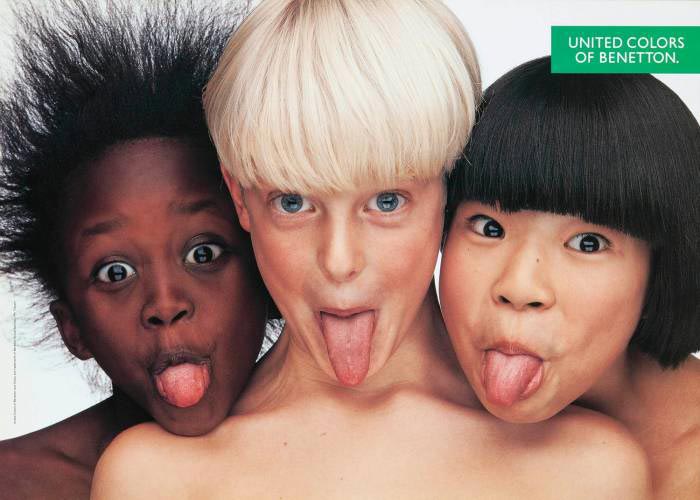
Oliviero Toscani, creativity at the service of advertising
Olivierio Toscani put his creative talent at the service of social photography; for him, the advertising industry has been the means to reach a global audience. Toscani found Luciano Benetton as artistic director and photographer the ideal partner for provocative messages in support of Benetton’s advertising campaigns.
Skillful manipulator, Toscani has created powerful images that have been broadcasted worldwide. The recurring controversy over Toscani’s photos has set the Benetton brand as one of the 5 most recognizable worldwide. The creativity of Toscani’s photos has established him as one of the great advertisers of all time.

“I discovered that advertising is the richest and most powerful medium that exists today,” said Toscani in the New York Times, 1991.
“We must have the courage to start again. Failure often leads to bold new beginnings. ”
“The camera is the last of the tools I use. I first use my heart, my head, my brain, the culture, my vision, my hope, and after, the camera. “
“You cannot be both comfortable and creative at the same time. What does it mean to be provocative? By definition, art must be provocative, to spark conversation, to generate interest. If not, why do you do it? If people criticize you, they are interested in you. It is an honor to be criticized. “
“The biggest dilemma: Being free and getting paid. “
______________________________________________________________
Oliviero Toscani (1942 -) is an Italian photographer, recognized worldwide for the design of controversial advertising campaigns for Benetton from 1982 to 2000 and 2018 to date. He is internationally recognized as the driving force behind the creation of some of the most successful brands in the world, creating over the years corporate images and advertising campaigns for companies such as Esprit, Chanel, Fiorucci, Prénatal and many others. He has collaborated as a fashion photographer with international magazines such as Elle, Vogue, GQ, Harper’s Bazaar, Esquire, Stern and Liberation.
In the early 1990s, Toscani founded the magazine Colors. With the slogan “a magazine about the rest of the world”, Colors draws on the multiculturalism that prevailed at the time and in advertising campaigns of Benetton, while remaining independent of the group at the editorial level.
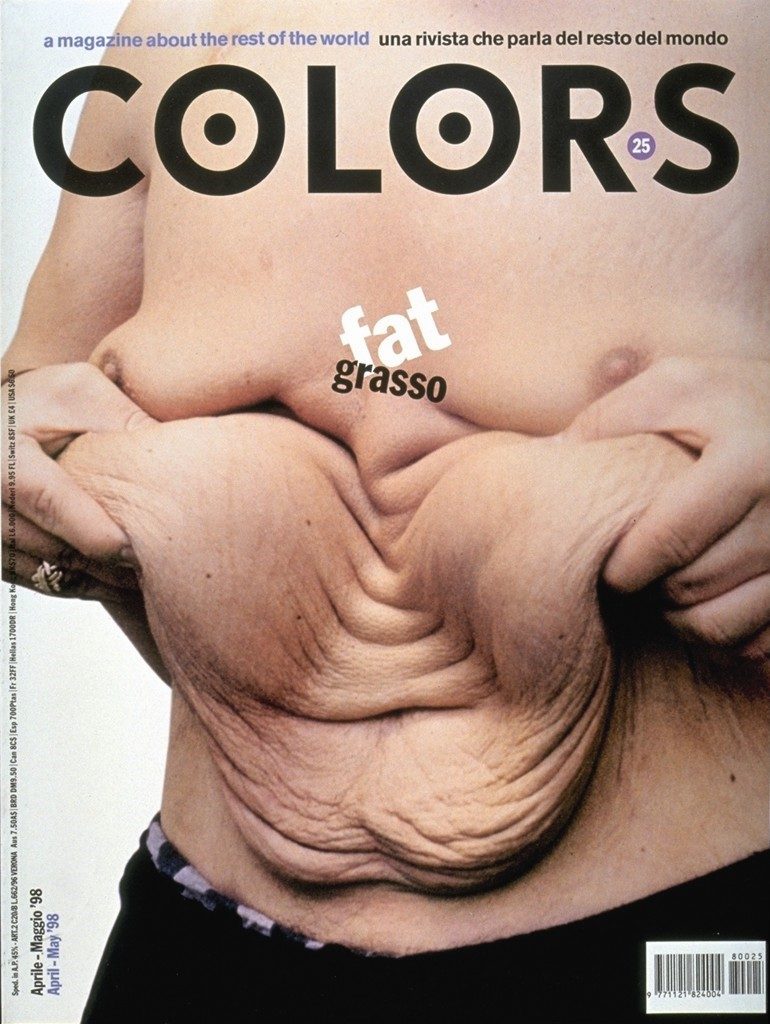
1982 — 2000
Benetton Campaigns under the leadership of Toscani
The campaign of the lesbian couple (1991)
This image suggests a homosexual interracial family at a time when advertising was almost devoid of such representations. Most of the images of lesbian relationships used for advertising so far are fetishized and highly suggestive of sex.
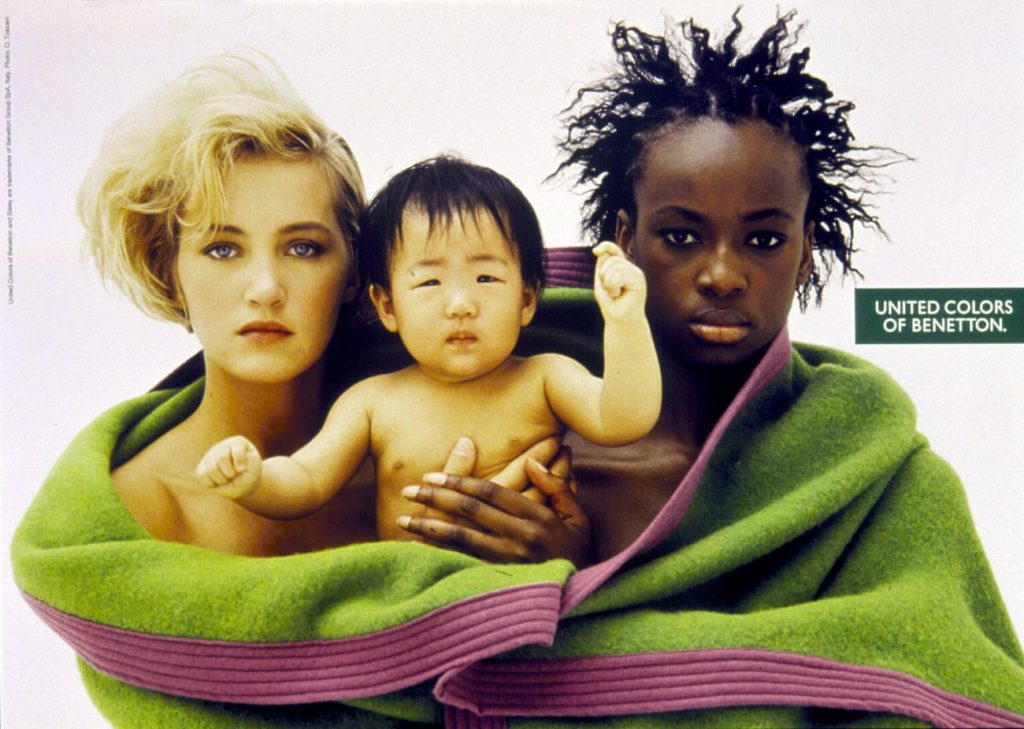
Campaign of priest and nun (1992)
This Benetton announcement refers to the religious and sexual conflict of human nature, showing a priest and a nun dressed in secret clothes kissing.
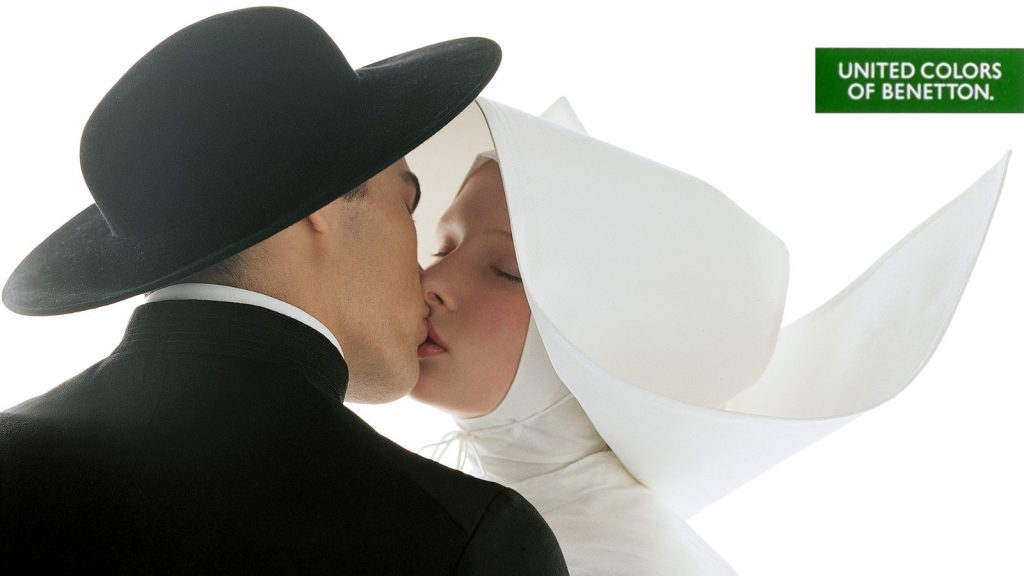
This has aroused the indignation of the Catholic Church. Toscani had previously upset the Church for its advertising of “Jesus Jeans” in 1972, with an image laden with sexuality and considered blasphemous.
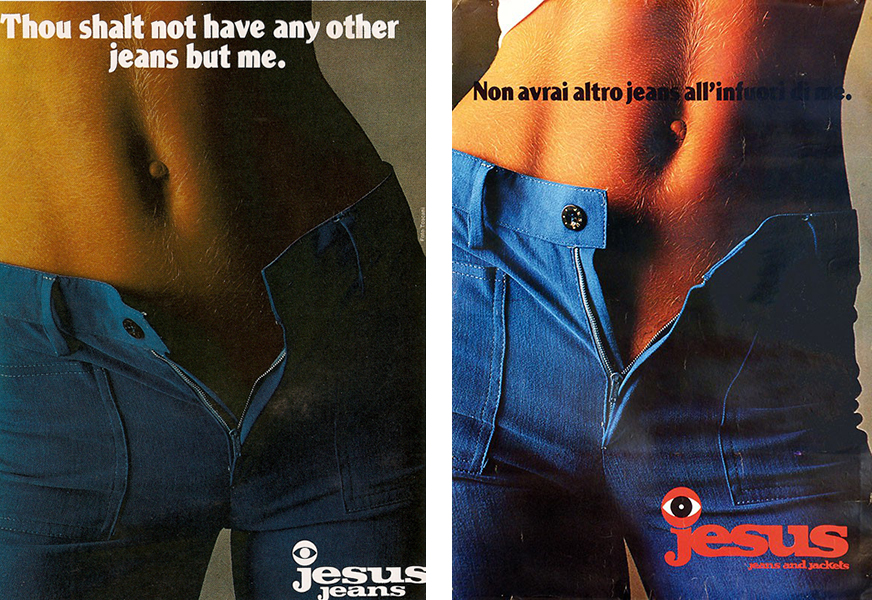
But as he mentioned in Time magazine, “the message was aimed at Benetton’s younger clientele”. In Spain, he said, “they see the announcement of religious and smile about it. In Italy, where there are still old journalists, old institutions, they are dissatisfied.”
Murder campaign by the mafia (1992)
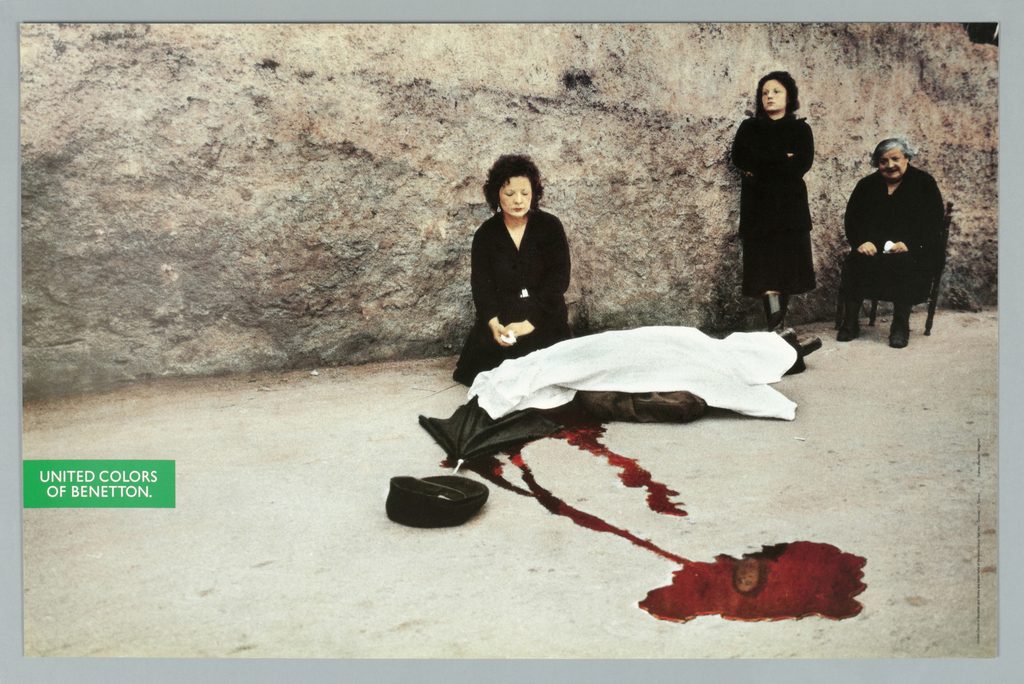
Ten years later, the image appeared in Benetton’s spring / summer 1992 campaign. Several publications refused to publish the image and the deceased’s daughter claimed that she would sue, asking, “How is it that my father’s death appears in an advertisement for jerseys?
The campaign of the infant baby (1993)
This image of a newborn, named “Giusy”, still attached to the umbilical cord, was, according to Benetton, to represent a “hymn to life”, but consumers have not seen it like that. It is the most censored image produced by society.

AIDS campaign with David Kirby (1992)
In November 1990, LIFE magazine published the photo of Thérèse Frare, a journalism student, and David Kirby, a gay activist and AIDS victim, while on his deathbed. Two years later, Benetton used the oil painting image by artist Ann Rhoney for his campaign.
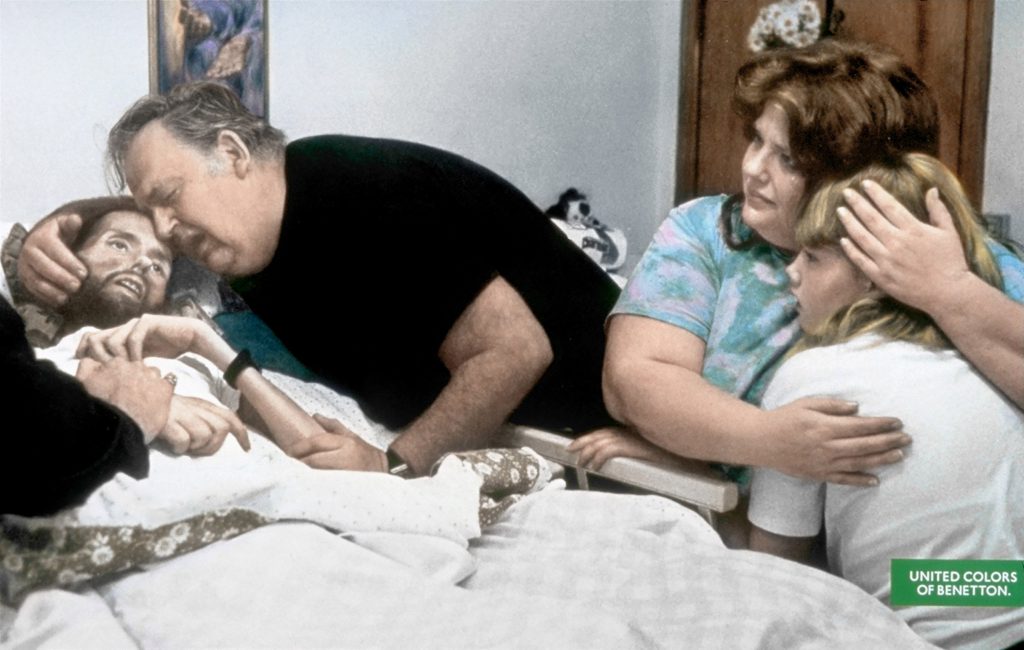
Many AIDS activists had a violent reaction against this campaign. They believed that it spread the fear of the victims and trivialized their suffering. They launched a global campaign to boycott society. Kirby’s father, Bill, said, “Benetton does not use us, we use Benetton … If this photo can help one person … then it reduces the pain we endure. “
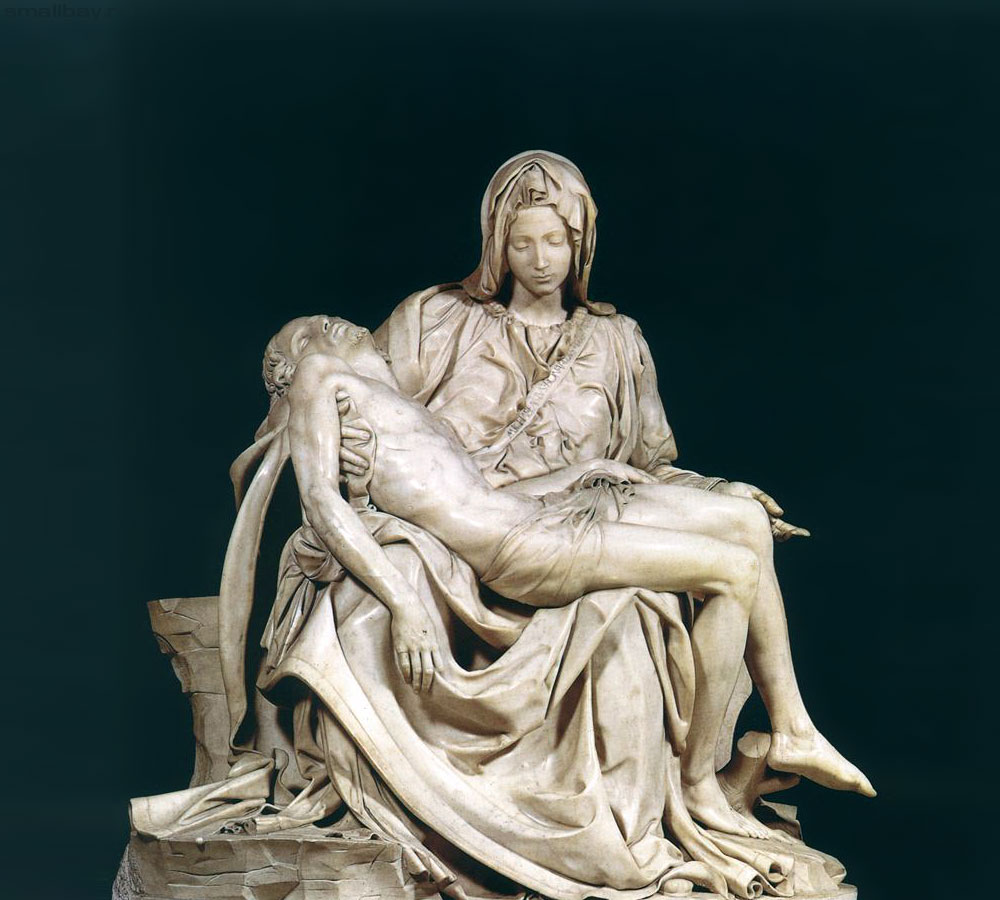
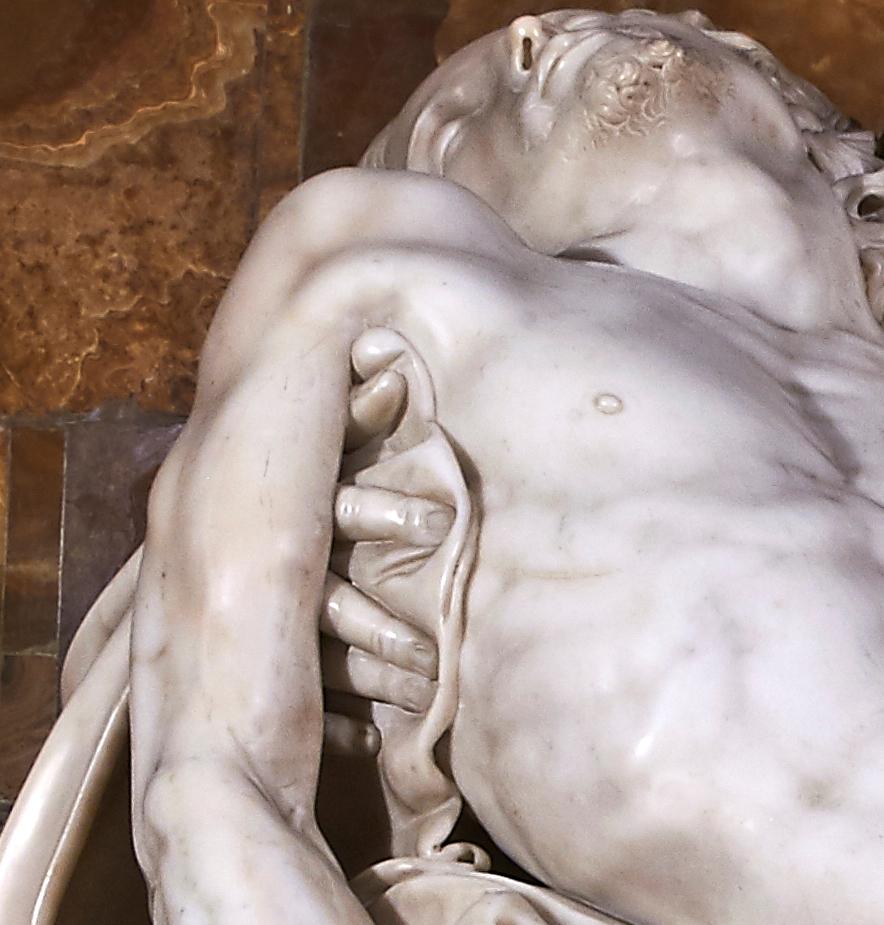
It was, according to Benetton, the first public campaign against AIDS. In 1992, the disease became the leading cause of death among American men aged 25 to 44 years. Benetton said he wanted to “go beyond preventive measures and address issues such as solidarity with AIDS patients.”
Various AIDS groups have sued Benetton for “commercial exploitation of suffering”.
The campaign with condoms (1992 – 1997)
The colorful condom campaign was a nod to the AIDS crisis that plagued younger generations in the late eighties and early nineties. In November 1997, Benetton started selling a full range of colorful, reliable and state-of-the-art condoms in the UK.
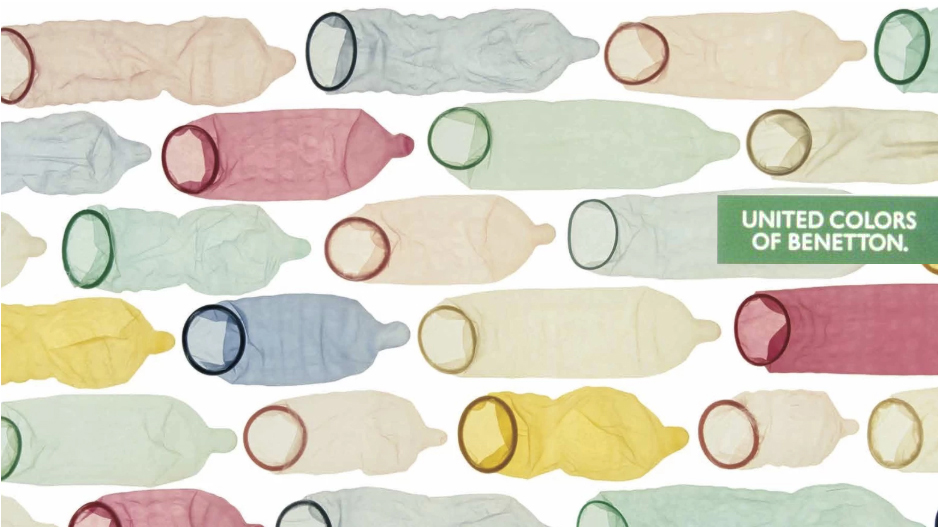
The campaign for interracial support (1996)
Even though these “human” hearts later turned out to be pork hearts, that did not stop people around the world from calling the image taken by Oliviero Toscani himself racist. Toscani has used his advertising to fight against racism on many occasions.
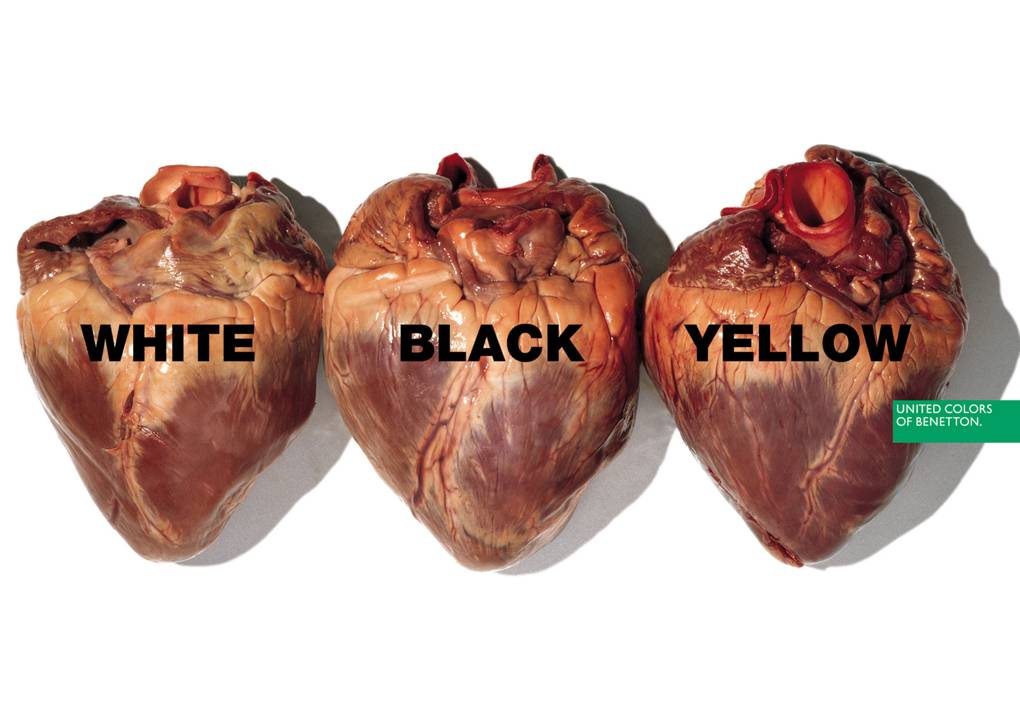
The campaign on the death penalty
In April 2000, United Colors of Benetton dismissed Artistic Director Oliviero Toscani for his “Death in the Face” campaign on the death penalty.
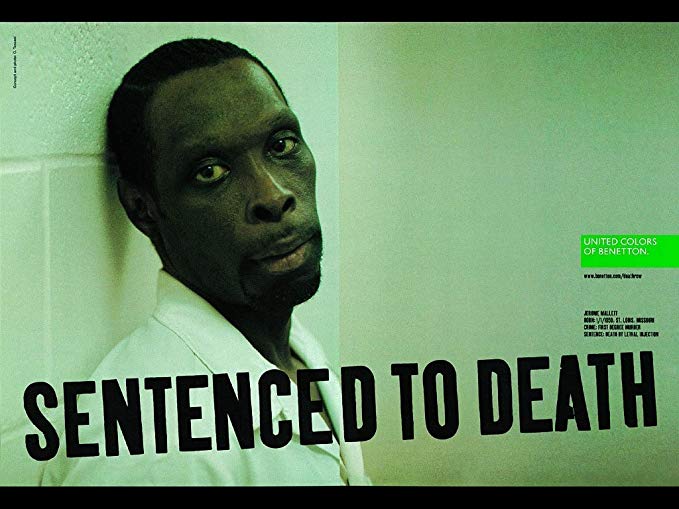
For 18 years, Toscani has pushed the boundaries of advertising. Each campaign was marked by a new wave of retaliation, censorship and, of course, increasing visibility of the press. But this latest campaign, published in January 2000, showed 26 condemned to death staring at the camera, “Sentenced to Death”, turned out to be the loss of Toscani.
Families of murder victims put pressure on retailers and consumers, causing sales to plummet. Department stores have abandoned the Benetton brand.
The state of Missouri has filed a multi-million dollar lawsuit claiming that photos of detainees were taken under false pretenses.
Despite the commercial success of Benetton under Toscani, the backlash was fatal. He said: “I do not regret having produced these images, they are fantastic. “
It was the highlight of the Italian photographer and marked the end of the partnership between Toscani and the Benetton Empire, during which some of the most innovative and impactful commercials of the late twentieth century were conceived. From the victims of AIDS to the blood-stained clothing of a dead soldier, to racial and homosexual relations, to non-white people or to LGBTQ + people, Toscani did not stop at nothing. These initiatives have paid a great deal, both culturally and financially.
After Benetton
Ra-Re Campagn (2005)
In 2005, Toscani again provoked controversy with his photographs with an advertising campaign of the men’s clothing brand “Ra-Re”. He illustrated portraits of men involved in homosexual behavior that angered groups such as the Catholic parents’ association ‘Movimento Italiano Genitori’, which described these images as’ vulgar ‘. The campaign was conducted during a period of public debate on the law of homosexuals in Italy.
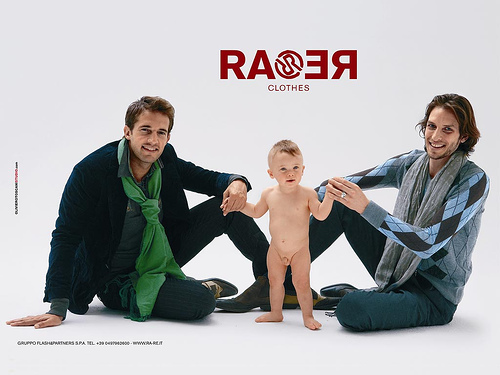
Projet “The humain race” (2007)
From 2007, Toscani travels around the world with his project “The human race”. It is a project aimed at documenting the diversity of human morphology and the living conditions of different peoples. The photographs and videos are part of multimedia archives and are the subject of publications and traveling exhibitions. This project was sponsored by the United Nations High Commissioner for Human Rights.
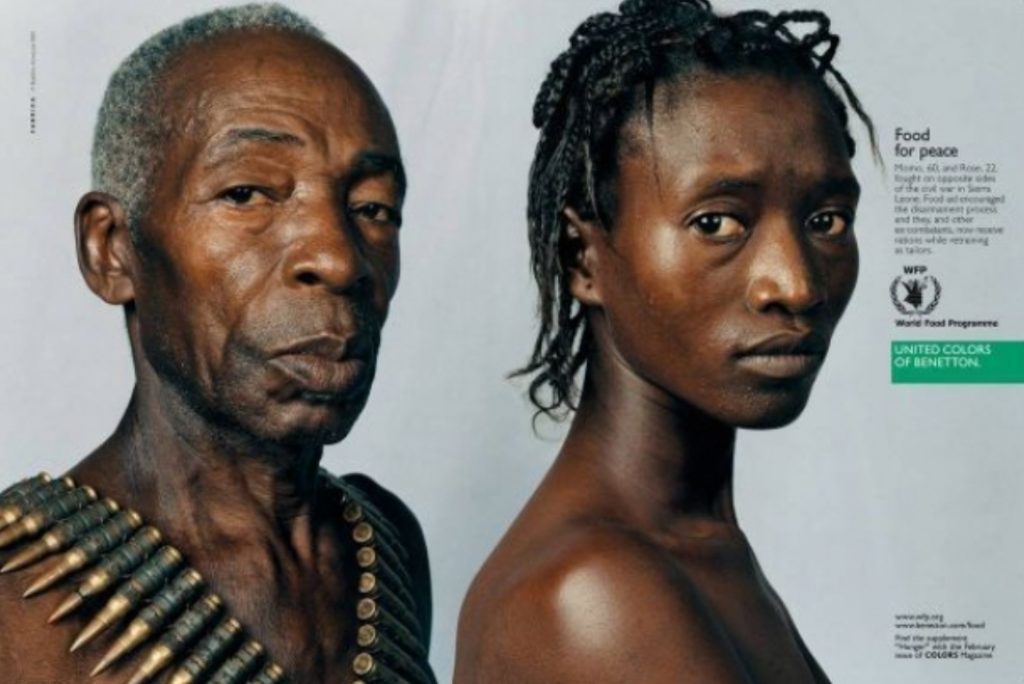
Campaign against anorexia (2018)
Isabelle Caro became an instant celebrity after appearing naked in a skeletal form in 2007 during a campaign of billboards with shocking images for the Italian clothing company No-L-ita under the slogan “No Anorexia”. At the time, she was a theater student and a future model who could not work because she was too thin. She died in 2010 late, after occupying the media sphere with her efforts to raise awareness of anorexia.

Oliviero Toscani said: “I do not have good memories of Isabelle, she was very selfish and full of herself. Until she died, she could not understand that she was not a model. She was a sick young woman who thought she was a successful actress … but her only talent was being anorexic. “
Back to Benetton
Campaign with children from an Italian primary school (2018)
For this campaign, Toscani has worked with an Italian primary school and 28 schoolchildren from 13 different countries and from four different continents. As Toscani mentioned, “They study together, they are educated together and they will shape the future society. “
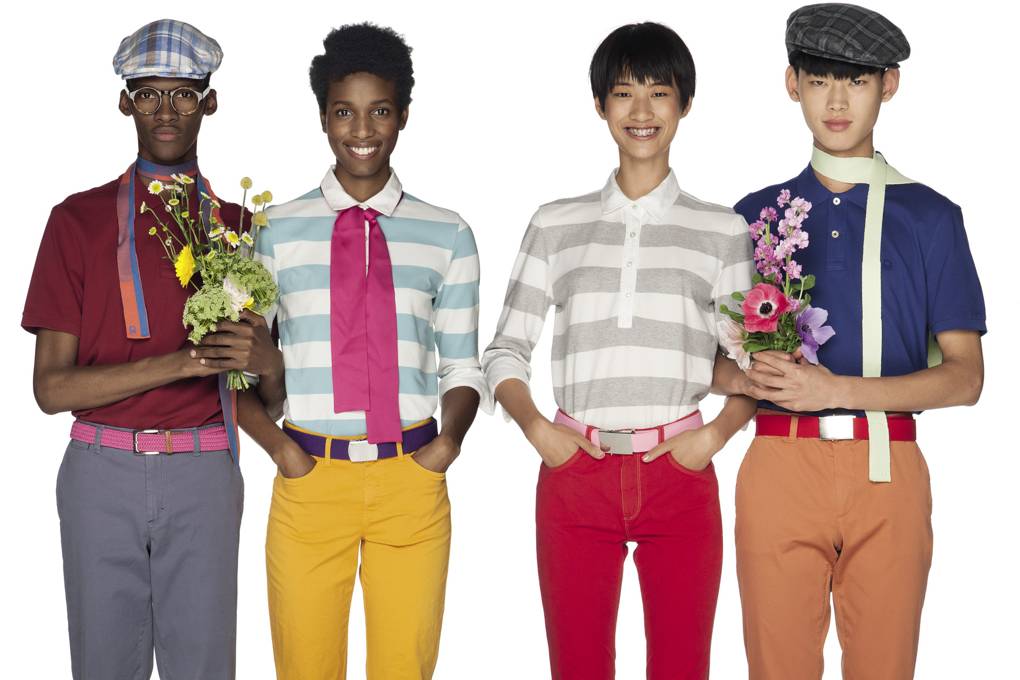
References
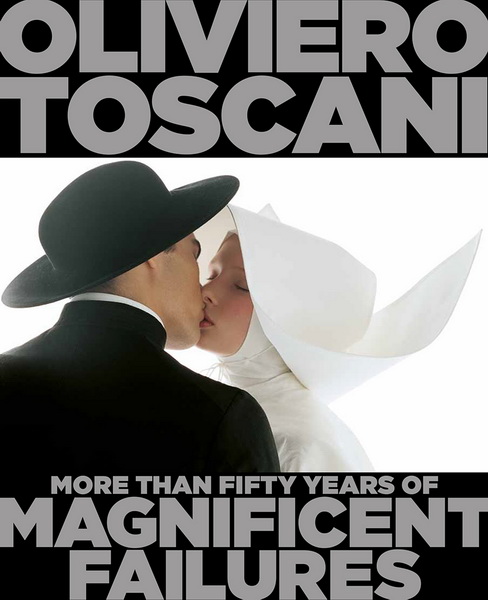
More than Fifty Years of Magnificent Failures, 2015
“When you look at the book, you do not know if I’m a fashion photographer, an art photographer, an advertising photographer, a journalist, I’m a photographer, I’m just a witness of my time,”


No Comments